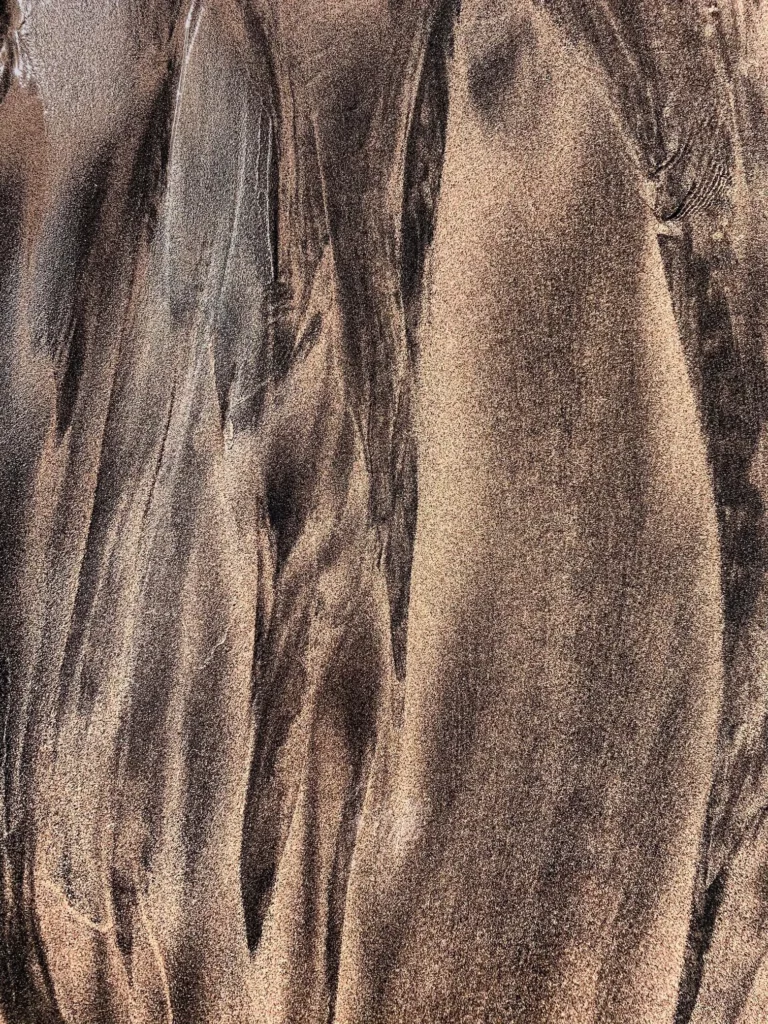Soil formation, often referred to as pedogenesis, is a complex process influenced by a myriad of factors. It is the result of a long-term interplay between mineral particles, organic materials, and a host of environmental conditions. This section explores the dynamics of soil formation, shedding light on the processes that transform rock material into the fertile ground that sustains life on Earth.
“The soil is that thin layer of the earth’s surface which supports few of the terrestrial and aquatic plants and hence, many animals”
Understanding Soil Formation: A Deep Dive into the Earth’s Skin
Overview of Soil Formation
Soil formation, often referred to as pedogenesis, is a complex process influenced by a myriad of factors. It is the result of a long-term interplay between mineral particles, organic materials, and a host of environmental conditions. This section explores the dynamics of soil formation, shedding light on the processes that transform rock material into the fertile ground that sustains life on Earth.
The Process of Soil Formation
Weathering: The Foundation of Soil
- Physical Breakdown: The fracturing of rocks into smaller particles under the influence of temperature fluctuations, water, ice, and mechanical forces.
- Chemical Decomposition: The alteration of rock material due to chemical reactions, resulting in the formation of new minerals and soil structures.
Biological Processes and Organic Matter
- Role of living organisms: From microorganisms to larger fauna, biological entities contribute significantly to soil formation by decomposing organic matter and mixing the soil.
- Accumulation of organic materials: The decay of plant and animal matter enriches the soil with organic matter, enhancing its fertility and water-holding capacity.
Parent Material and Its Role in Soil Formation
One of the major factors influencing soil formation is the parent material. The parent material refers to the pre-existing rock or sediment from which soil is formed. It plays a crucial role in shaping the characteristics and properties of the soil.
Parent Material: The initial foundation of soil formation, is influenced by the type of rocks or sediments.
Climate: Temperature, precipitation, and wind patterns affecting weathering processes and nutrient leaching.
Topography: Physical land features impacting water movement and erosion.
Biological Activity: Plants, animals, and microorganisms contribute to soil structure and nutrient cycling.
Time: Soil development occurs gradually over centuries, influencing soil maturity and fertility. Understanding these factors helps predict and manage soil quality, promote sustainable agriculture, and preserve this vital resource for the future.
Sedimentary Rocks
- formed by the accumulation and compression of sediments over time.
- Provide insights into Earth’s history and past environmental conditions.
- Types include sandstone, limestone, and shale, each with unique characteristics.
- Play a critical role as natural reservoirs for resources like oil and gas.
Volcanic Rocks
- Formed from magma cooling on the Earth’s surface after volcanic eruptions.
- Basalt is common and used in construction; pumice is lightweight and used in horticulture.
- Obsidian has a glassy texture and is popular for jewelry and decoration.
- Valuable for understanding Earth’s history, predicting eruptions, and resource exploration.
Igneous Rocks
- Originates from solidification of molten magma.
- Classified as intrusive (slow cooling) or extrusive (rapid cooling).
- Examples include granite, basalt, and pumice, with diverse compositions and uses.
- Offers insights into geological history and resource distribution.
Metamorphic Rocks
- Formed from pre-existing rocks undergoing changes due to heat, pressure, and chemical activity.
- Types include marble and quartzite, with distinct textures and uses.
- Provide valuable information about Earth’s geological processes and history.
- Valued in construction and design industries for their durability and appearance.
Weathering Processes in Soil Formation
Weathering is essential for soil formation, involving the breakdown of rocks and minerals into smaller particles. Physical weathering includes freeze-thaw and abrasion, while chemical weathering involves reactions altering rocks. Both contribute to soil particles, releasing minerals and organic matter. This fertile topsoil supports plant growth. Climate, parent material, and organisms influence weathering rate. Understanding weathering is vital for agriculture, land management, and ecosystem health.
Physical Weathering
Physical weathering is a vital natural process in soil formation. Unlike chemical weathering, it breaks rocks physically without altering their chemical composition. Freeze-thaw weathering and abrasion are common processes that contribute to soil particle formation. Human activities can also impact physical weathering. Understanding this process is essential in geology, agriculture, and construction, as it increases surface area for chemical weathering, aids soil formation, and influences landscape history, soil structure, and structural stability.

Soil Composition and Structure
Layers of Complexity: Soil Horizons
- Soil is structured in layers or horizons, from surface litter to deep bedrock, each with unique characteristics and functions.
- These layers include the topsoil rich in organic matter, subsoil with accumulating minerals, and the parent rock material undergoing weathering.
The Role of Minerals and Organic Matter
- Soil Minerals: Essential for fertility, minerals derived from parent material and weathering processes contribute to soil’s physical and chemical properties.
- Soil Organic Matter: A crucial element for soil health, organic matter improves soil structure, moisture retention, and provides nutrients for plant growth.
The Different Types of Soil
There are many different types of soil, each with its own characteristics. The most common types are clay, sand, loam, and silt.
Clay soil is made up of very small particles that pack together tightly. This type of soil is often difficult to work with because it can be hard to dig through and is easily compacted. Clay soil is also known for being very fertile, meaning it is great for growing plants.
Sand soil is made up of larger particles than clay soil. This type of soil is easy to work with and is often used in gardening. Sand soil is not as fertile as clay soil, but it can still support plant growth.
Loam soil is a mix of sand, clay, and organic matter. This type of soil is easy to work with and is very fertile, making it ideal for growing plants.
Silt soil is made up of very fine particles. This type of soil is easy to work with and is very fertile, making it ideal for growing plants. However, silt soil can easily be compacted, so it is important to take care when working with it.
The Importance of Soil Formation
Soil is one of the most important components of Earth’s natural environment. It provides essential nutrients for plants, animals, and microorganisms to live and thrive. It also acts as a filter for water and air, helps to moderate temperatures, and serves as an anchor for plants. Soil formation is a complex process that involves several chemical, physical, and biological processes that occur over long periods of time .
Soil formation begins with the weathering of rocks and minerals into smaller particles known as regolith. Weathering occurs through physical processes such as abrasion, or through chemical processes such as oxidation and hydration. Once these particles are created they are transported by water, wind, or ice to form new soil deposits. The soil is then modified further by living organisms, which introduce organic matter, such as plant roots and other decaying material. This organic matter helps to improve the quality of the soil by increasing its fertility and water-holding capacity.
Soil formation is a continuous cycle that is affected by climate, topography, biota, and time. Climate determines how quickly weathering occurs and the rate of soil formation. Topography affects the amount of runoff and erosion and also plays an important role in shaping the soil profile. Biota, such as plants and animals, also influence soil formation by providing organic matter. Finally, time is a major factor in soil formation because of the long period of time it takes for weathering and other processes to occur.
Conclusion
Soil is an important part of the environment that sustains life on Earth. It is a complex mixture of minerals, organic matter, gases, liquids, and countless organisms that interact to support plant life. The formation of soil is a slow process that can be impacted by a variety of human activities. deforestation, for example, can lead to erosion and the loss of valuable topsoil. careless farming practices can also degrade the quality of soil, diminishing its ability to support plant life and ultimately impacting the food supply for the entire human race.




